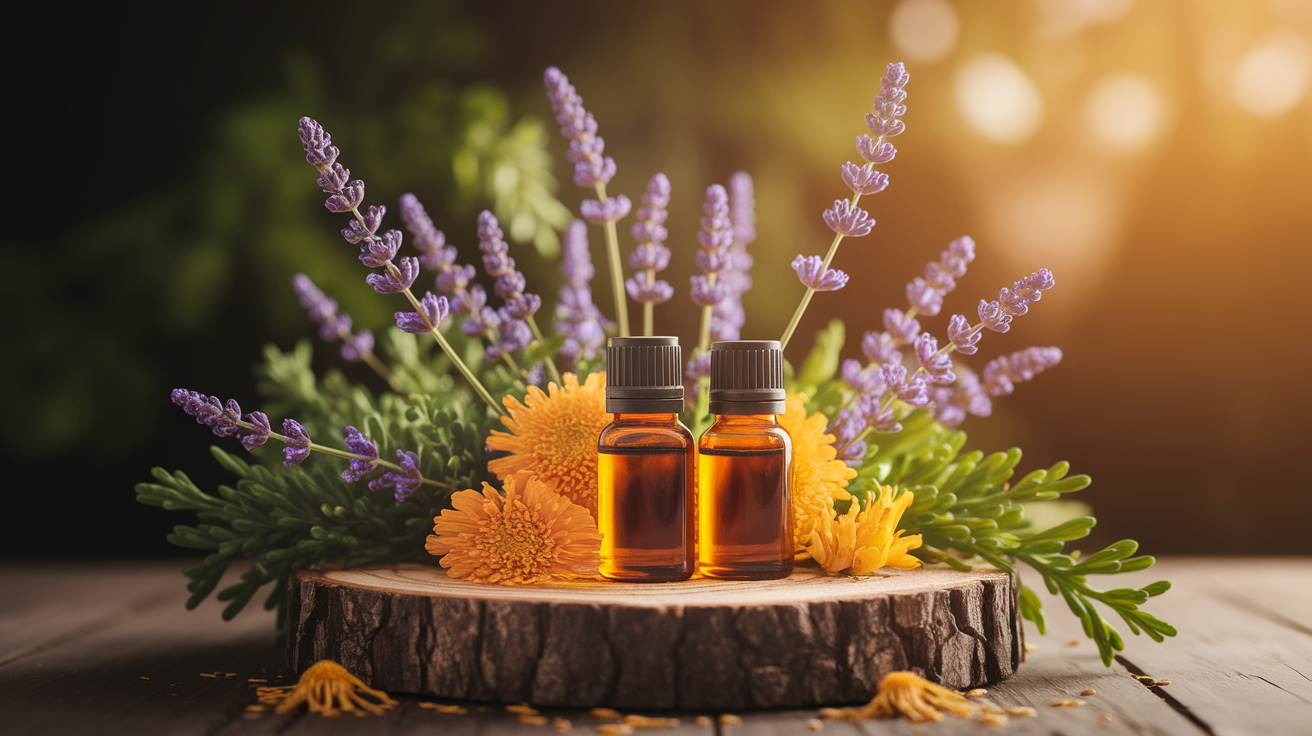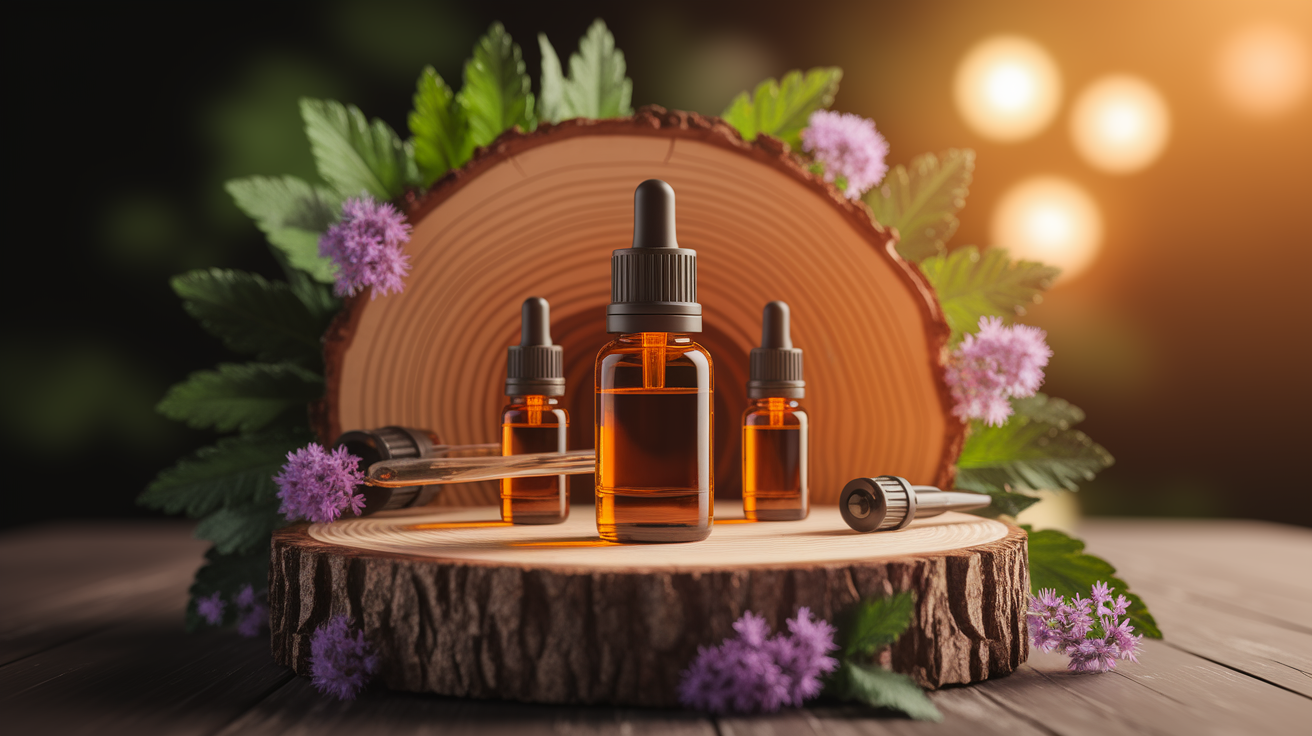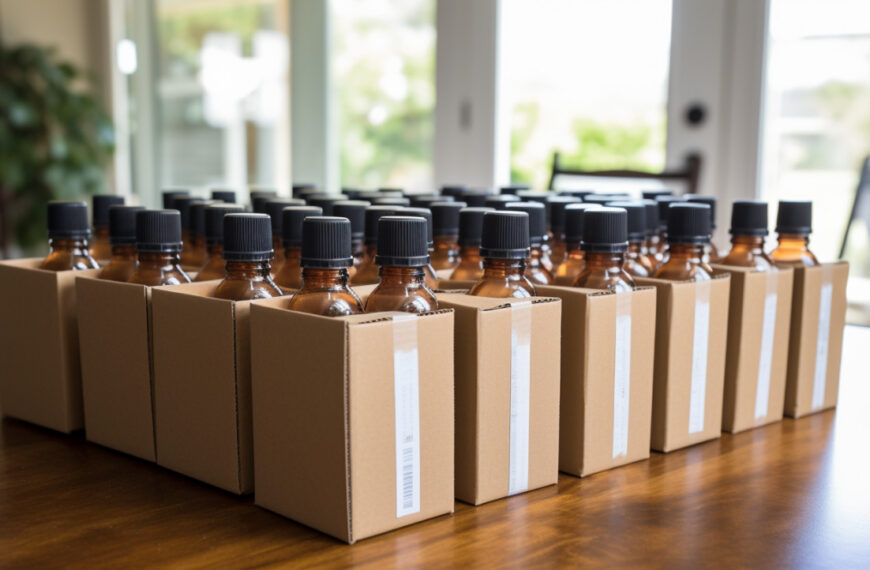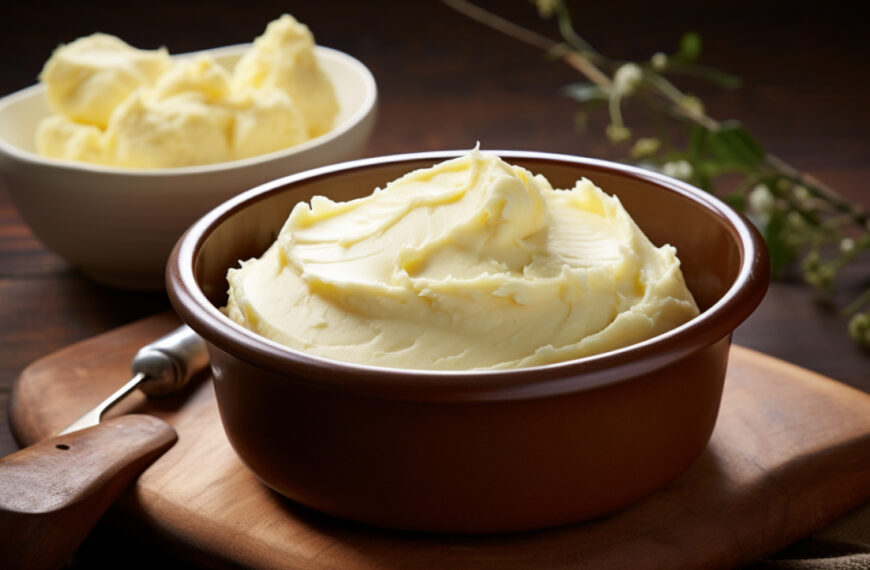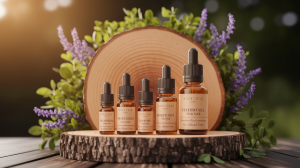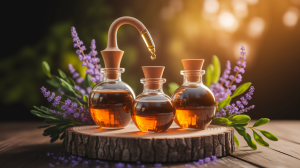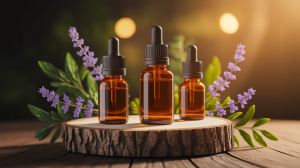Buzz-Worthy Beginnings: Essential Oils for Bee-Friendly Gardens
I’ll never forget the first time I walked out to my little herb garden and heard it before I saw it—a gentle, humming symphony. My lavender and rosemary plants were just covered in fuzzy, happy bees. It was one of those moments where everything just clicked. My world of aromatic, healing oils and my love for digging in the dirt had collided to create this incredible little pollinator habitat. It wasn’t just a garden anymore; it was a living, breathing ecosystem, and I realized that my essential oil plants weren’t just for me. They were a five-star resort for some of the most important creatures on the planet.
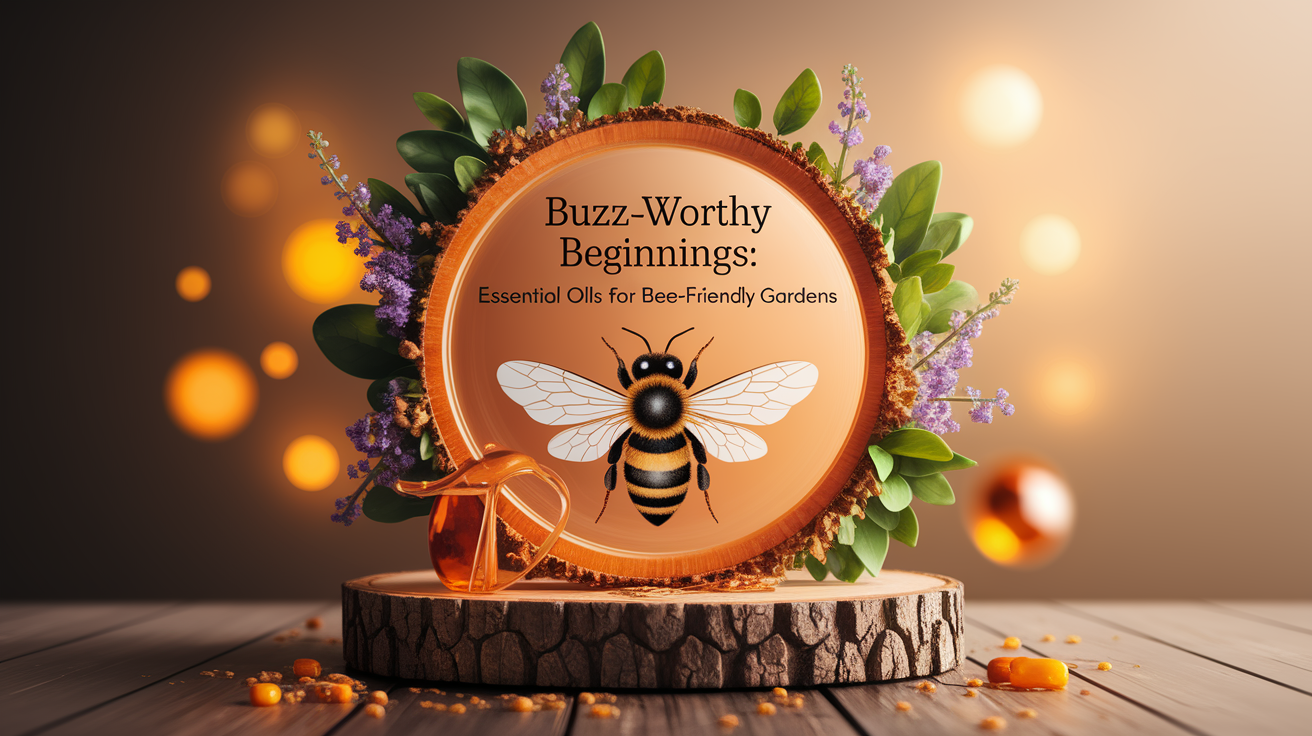
Why Essential Oils Matter for Bees
It’s easy to think of the relationship as just bees loving fragrant flowers, but it goes so much deeper. The very compounds that give us incredible essential oils are also working wonders for the bees themselves. I was absolutely fascinated to learn a while back that the right essential oils can profoundly support honey bee colony health. Think of it like a natural wellness boost. Beekeepers have been using blends with oils like spearmint and lemongrass to help hives manage stress and stay resilient. Even more amazing, researchers are looking at how certain oils can be used as sustainable, environmentally safe options for helping bees combat nasty parasites like Varroa mites. It’s not just about scent; it’s about a plant’s incredible chemistry offering a helping hand to its pollinator partners.
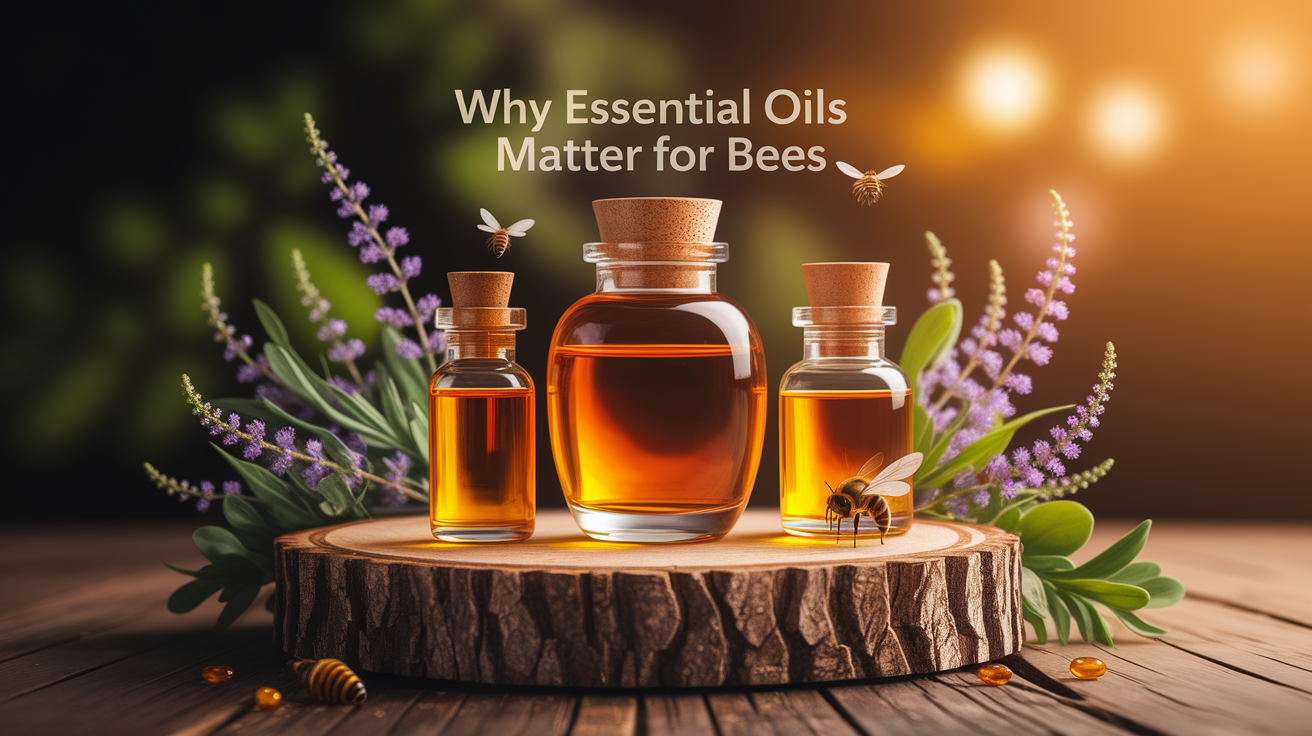
Choosing the Right Essential Oils
Now, this is where it gets really fun, but also where we have to be smart. Not all essential oils are created equal in the eyes—or antennae—of a bee. Some are like a giant “Welcome” sign, while others are a “Do Not Disturb.” The most famous bee-attractant is, without a doubt, lemongrass. The first time I heard this, I was floored: it mimics the scent of a queen bee’s pheromone! Beekeepers literally put a few drops in a new hive to encourage a swarm to move in. It’s like a magical homing beacon.
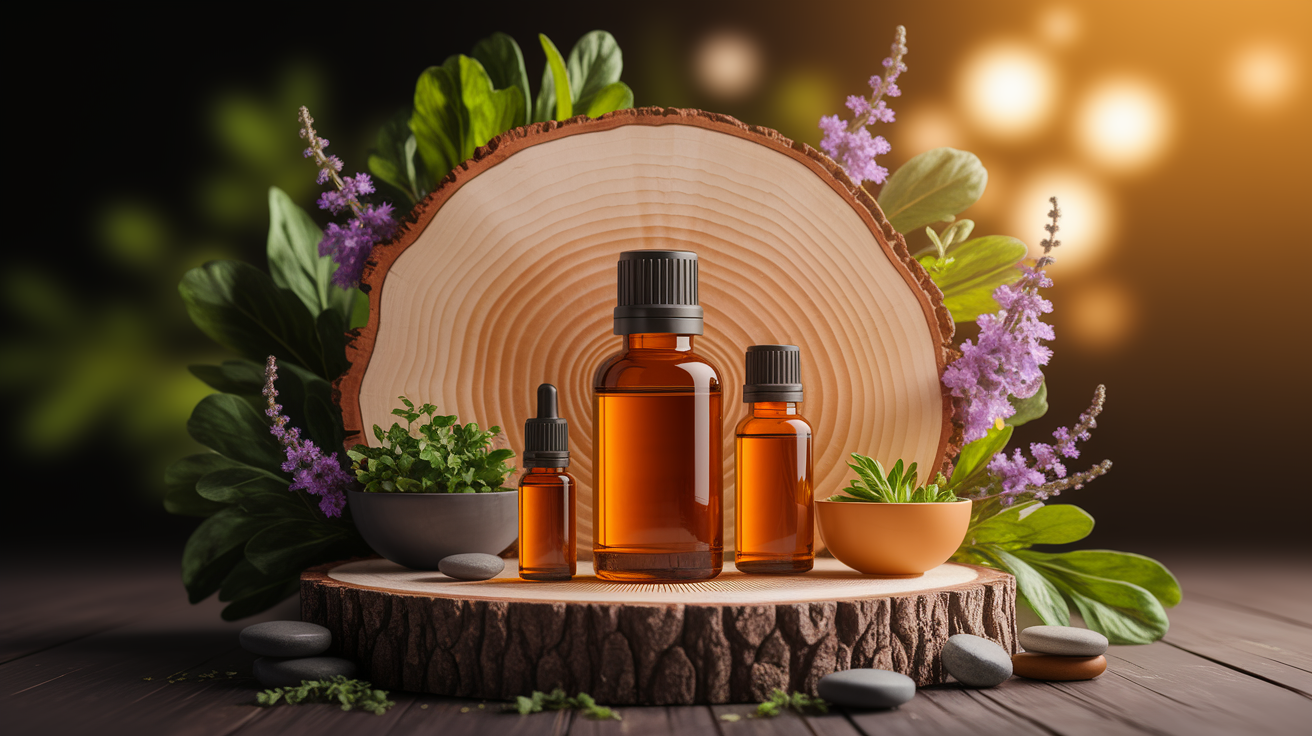
On the flip side, some oils are potent repellents. I use this to my advantage. If I’m having a barbecue and want to keep bees away from the soda cans on the patio table, a diffuser with citronella or clove oil works wonders. It doesn’t harm them; it just gently encourages them to buzz off to a more appealing spot, like the thyme bushes I planted on the other side of the yard. It’s about using these powerful scents strategically and respecting both the bees and your own space, and there is great information on using essential oils as bee repellents when needed. The best bee-friendly plants for your garden are often the classic aromatic herbs: lavender, rosemary, thyme, mint, chamomile, and basil are all superstars.
Application Techniques in the Garden
If you want to use extracted essential oils for some organic gardening TLC, the golden rule is: a little goes a long way. Bees have an incredibly sensitive sense of smell, and what seems subtle to us can be overwhelming for them. A high concentration of even a “good” oil can act as a repellent, so dilution is your best friend. For a simple, all-purpose garden spray that helps with natural pest control, I’ll mix a few drops of rosemary and tea tree oil with water and a tiny bit of natural soap to help it mix. Sprayed lightly on leaves, this can help deter pests and suppress fungal diseases without driving away your pollinator pals. Always spray in the early morning or late evening when bees are less active to give the scent time to mellow before they start their workday.
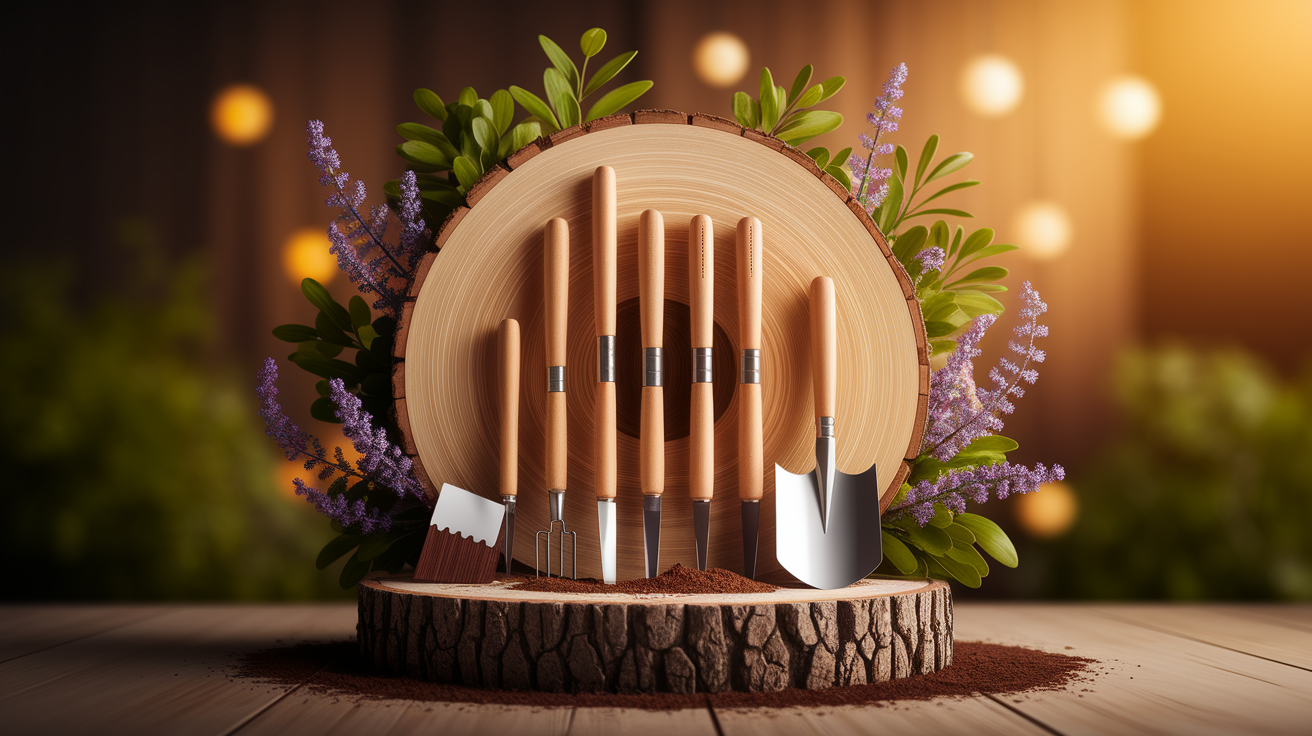
Companion Planting with Essential-Oil-Producing Species
Honestly, my favorite way to incorporate essential oils into a bee-friendly garden is to just plant the source! Companion planting with aromatic herbs is the most beautiful and sustainable approach. It creates a garden that does the work for you. The plants themselves release their volatile oils, attracting beneficial insects and deterring pests, all while providing nectar and pollen for bees. It’s the ultimate form of chemical-free gardening. I love planting rows of basil between my tomatoes—the basil’s aroma can help repel tomato hornworms, and the bees go absolutely wild for its flowers.
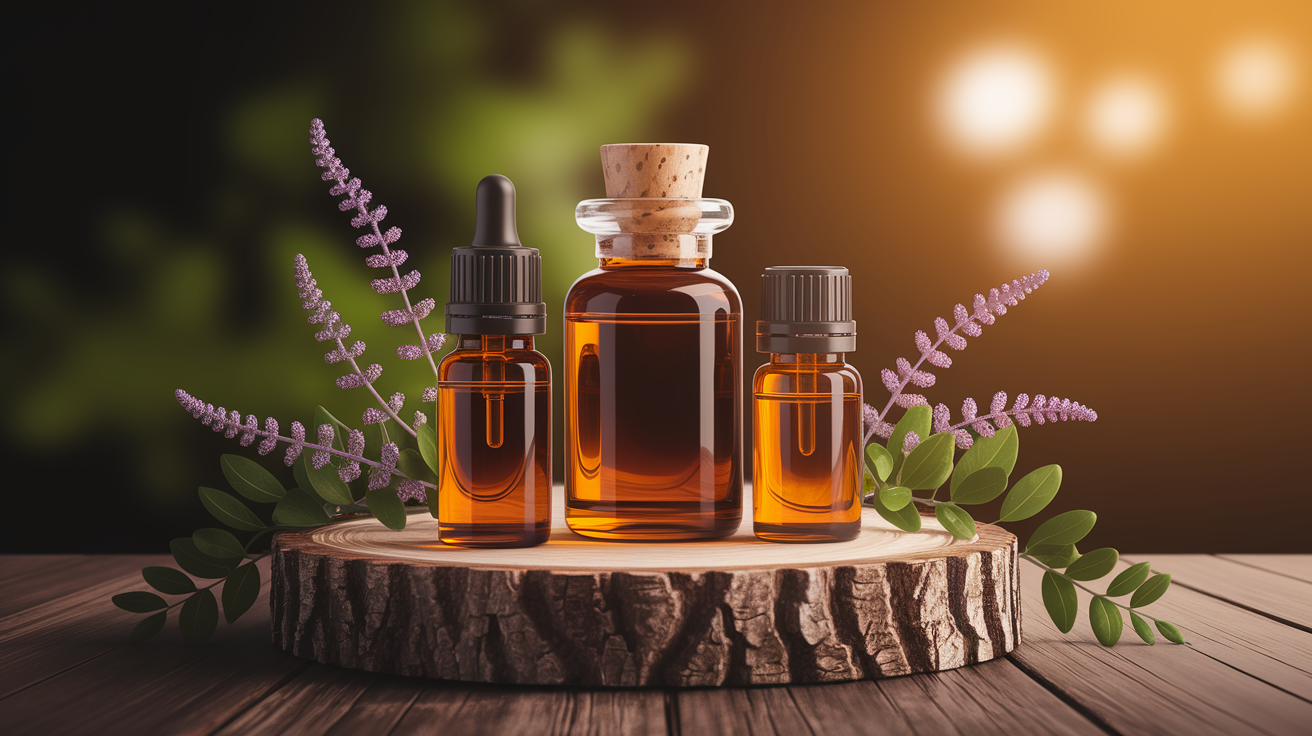
Creating an herb spiral or just dotting perennial herbs like oregano, sage, and mint around your garden beds increases garden biodiversity. These plants are often drought-tolerant and provide a steady food source for pollinators. This dual-purpose approach of using plants for both attracting pollinators and pest control is the very heart of a thriving, organic essential oil garden.
Sweet Nectar Finale: Strategies for Lasting Buzz
Creating a truly bee-friendly essential oil garden is about thinking like an ecosystem. It’s more than just planting a few herbs; it’s about creating a lasting sanctuary. I always plan for seasonal blooming—planting different herbs that flower at different times—to ensure there’s always something on the menu for my bee friends from spring through fall. Maintaining good soil health with composting and practicing water conservation makes your plants more resilient and their blooms more abundant. It’s a holistic cycle. When you have healthy soil, you get healthy plants, which produce amazing oils and provide for happy bees. By learning to manage landscapes to protect pollinators, you’re not just building a garden; you’re contributing to a healthier world, one buzz at a time.

